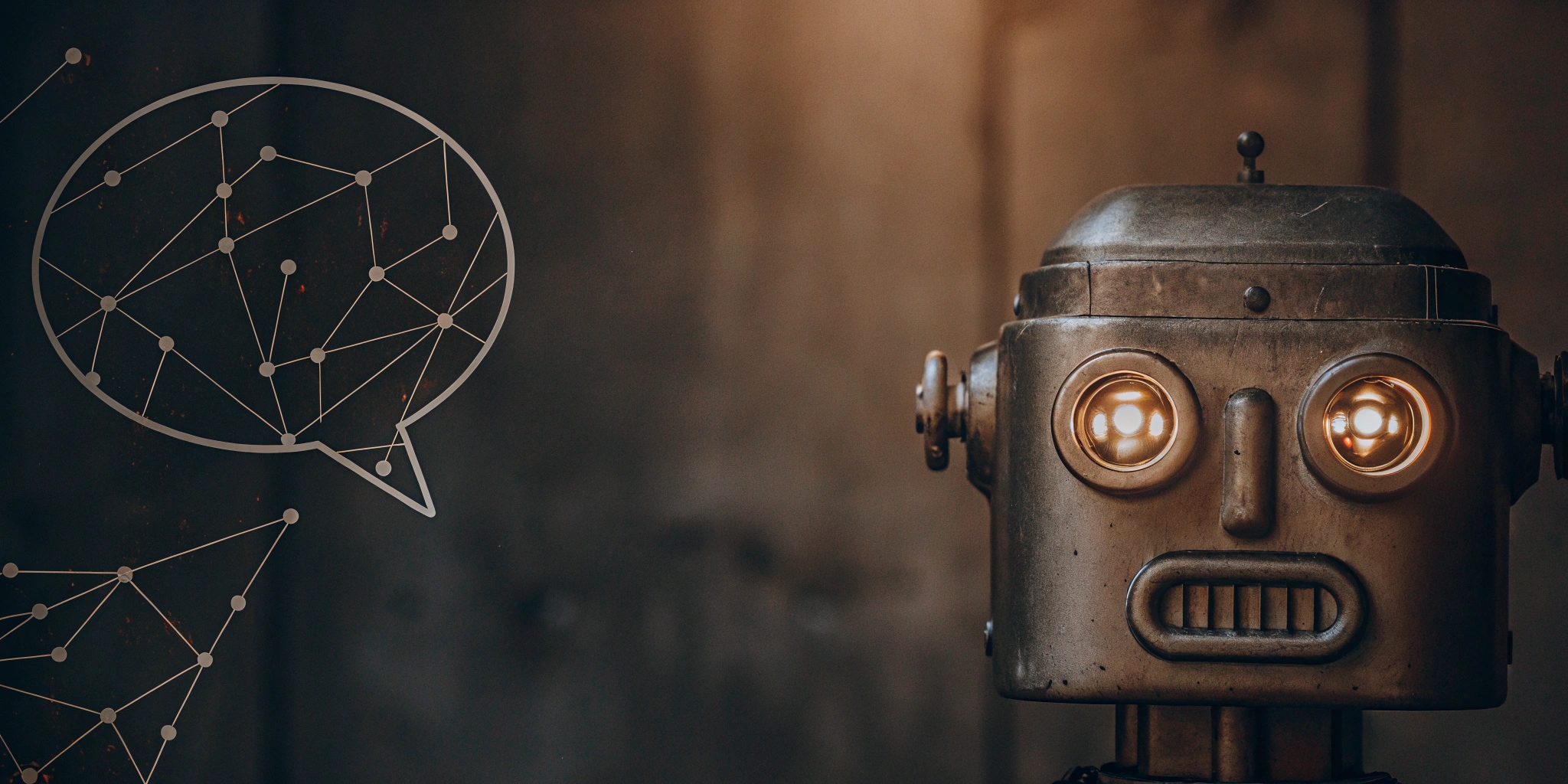Introduction
AI and ML models are powerful tools, but without proper testing, they can produce biased, inaccurate, or even dangerous results. Testing goes beyond just performance—it ensures trust, fairness, and real-world usability. This blog explores essential strategies to validate AI/ML models thoroughly.
Why Testing ML Models Is Different
Unlike traditional software, ML models learn from data. This makes testing more complex because:
- Outputs aren’t always deterministic.
- Model behavior can shift with new data.
- Testing must account for accuracy and fairness.
1. Types of Testing in AI/ML
- Unit Testing: For individual components (e.g., data preprocessing, feature engineering).
- Integration Testing: Ensures model pipelines and APIs work together.
- Model Validation: Tests how well a model generalizes (using training, validation, test splits).
- Regression Testing: Verifies model updates don’t degrade performance.
- Bias and Fairness Testing: Detects algorithmic discrimination or skewed outcomes.
2. Key Metrics to Monitor
- Accuracy, Precision, Recall, F1-score for classification tasks.
- RMSE, MAE for regression.
- Confusion Matrix: Visualize misclassifications.
- AUC-ROC Curve: Evaluate binary classifiers.
- Fairness Metrics: Demographic parity, equalized odds.
3. Techniques for Model Testing
- Cross-validation: Prevents overfitting and tests generalizability.
- A/B Testing: Deploys two model versions to compare real-world performance.
- Stress Testing: Tests how the model behaves on edge cases or adversarial inputs.
- Explainability Tests: Use SHAP, LIME to explain predictions and spot anomalies.
4. Tools for AI/ML Testing
- MLflow: For tracking experiments and model evaluation.
- TensorBoard: For monitoring performance metrics during training.
- What-If Tool (by Google): Interactive bias and fairness testing.
- DeepChecks, Alibi, Fairlearn: Libraries focused on robust ML validation.
5. Challenges in AI Testing
- Dynamic data changes ("data drift")
- Biased training sets causing skewed predictions
- Difficulty in reproducing exact model results
- Need for human-in-the-loop verification
Conclusion
Testing AI and ML models is more than a technical step—it's a trust-building process. By rigorously evaluating performance, fairness, and reliability, teams can create AI systems that are not just smart, but responsible and ethical. Continuous testing and monitoring ensure models evolve safely in dynamic environments.


